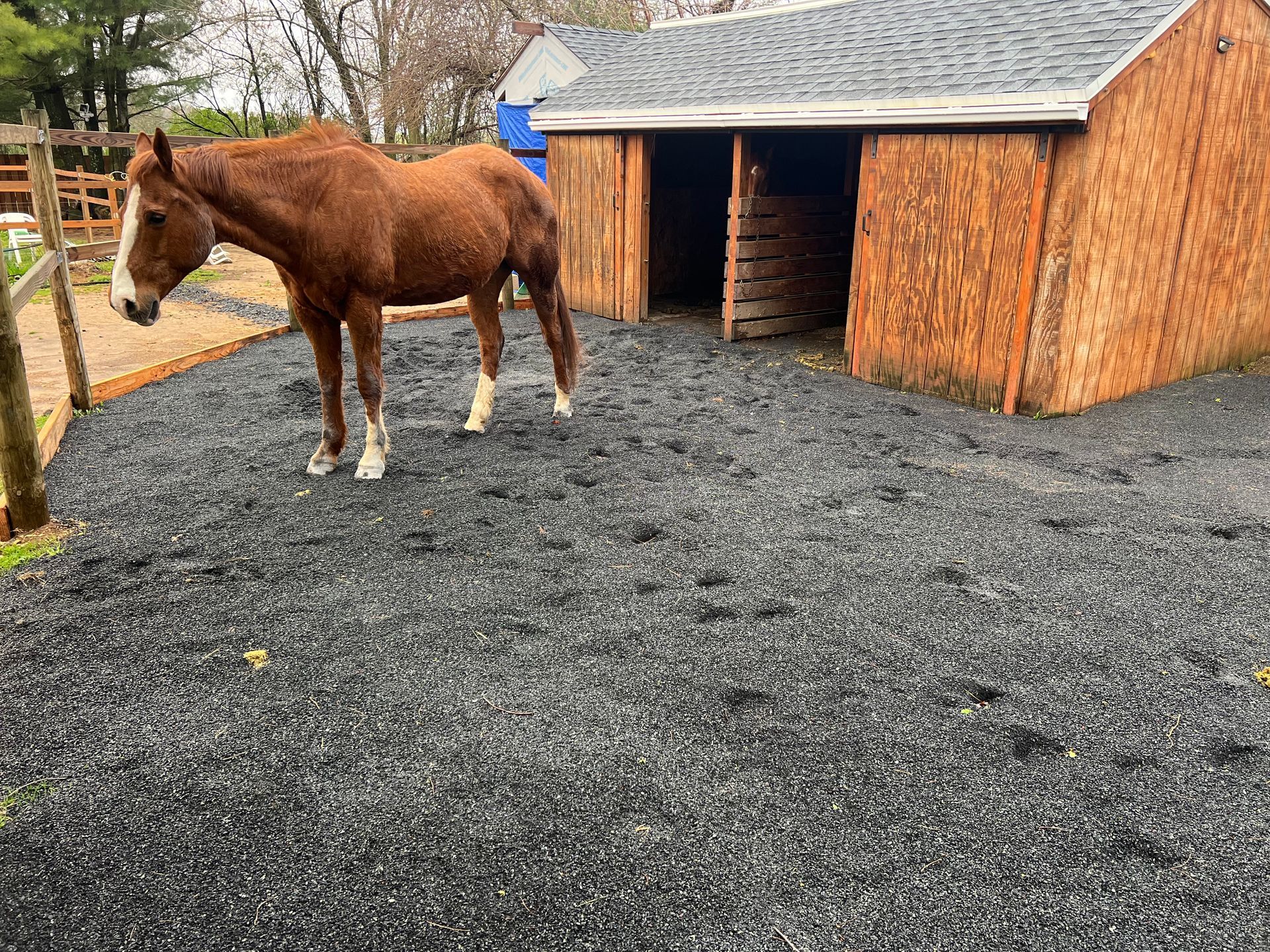Reversing Negative Palmar/Plantar Angles (NPA)
This is a subtitle for your new postOne Minute Discussions #12
Discussing Natural Hoof & Horse Care
Reversing Negative Palmar/Plantar Angles (NPA)
It’s pretty cool what you can do to the hoof in a single trim while maintaining soundness. With time I learned that not being aggressive enough with my trim and not having any results is the same as over trimming the hoof and causing lameness/soreness. I think that this statement is very relevant when we’re talking about negative palmar/plantar angles.
First for those who don’t know, Palmar is front legs, Plantar is back legs.
Palmar/plantar angles can be measured by looking at the last bone in the hoof capsule on a radiograph and measuring what’s the angle/degree between the bone and the ground (see images). In a negative palmar/plantar angle, the front part of the bone will be higher than the back part.
Starting with my personal observations and experiences…
I’ve had quite a lot of cases of NPA over the years, and I noticed the same problems and distortions over and over again. All the horses that I’ve met with NPA had 1)almost always excess toe 2)were standing mostly in stalls/very little movement 3)some were reining horses 4)had toe-first landing/underdeveloped heels and heel pain 5)had hip/back pain & 6)had a broken back hoof pastern axis.
Sometimes, if you look at the lateral (side) view of the hoof, NPA horses will typically have a “bullnose”. That happens when the tip of the bone is pushed upward and the hoof capsule gets distorted. (See images)The tip is being pushed upward from excess toe material and caudal foot failure. Remember this equation…Long toe + weak heels = Disaster
I believe that if the horse stands and walks on unbalanced feet this created posture problems. You will see the back legs moving under the body from the toe leverage resulting in NPA. Basically same thing happens in reining only the horse is sliding and literally pushing the bone in an negative position in the hind feet.
A common thing to do with NPA is to wedge the heels. I believe there are much more efficient ways to deal with this problem. NPA hooves tend to have weak digital cushion and underrun/crushed heels. This indicates that they are in need of protection and stimulation. Usually in NPA hooves I never lower the heels.
Most cases the toe is the culprit in NPA. There’s too much thickness/length so it has to be brought back and trimmed accordingly.
I do want to mention that a NPA and a Dumped Wall are NOT the same. A dumped wall is a common thing to see with shoes… the farrier vertically rasps the wall of the toe. This may give the appearance of a NPA and a bullnosed toe, so be on the watch.
How soon can we expect changes? In as little as one trim. Its true that we can’t correct the underrun heels and develop the digital cushion instantly, but we can certainly correct the hoof pastern axis and the palmar/plantar bone angle.
I’ve had instances when I changed the angle of the coronet band from 33° to 18°, that’s 15 degrees in one trim! The horse ran off sound and has been having improvements every trim cycle. This is where the statement from the beginning is relevant, in NPA cases I find that I have to be more aggressive in my trim in order to make fast changes and improve the horses health.
I’ll finish up with a quote from Pete Ramey -
”We want to be aggressive enough to make changes but not aggressive enough to cause lameness.”
What are your thoughts on NPA? Comment below!
Please share this post! Perhaps it’ll be useful to some.😃🙏🏻
Denys A.
856-238-3533
